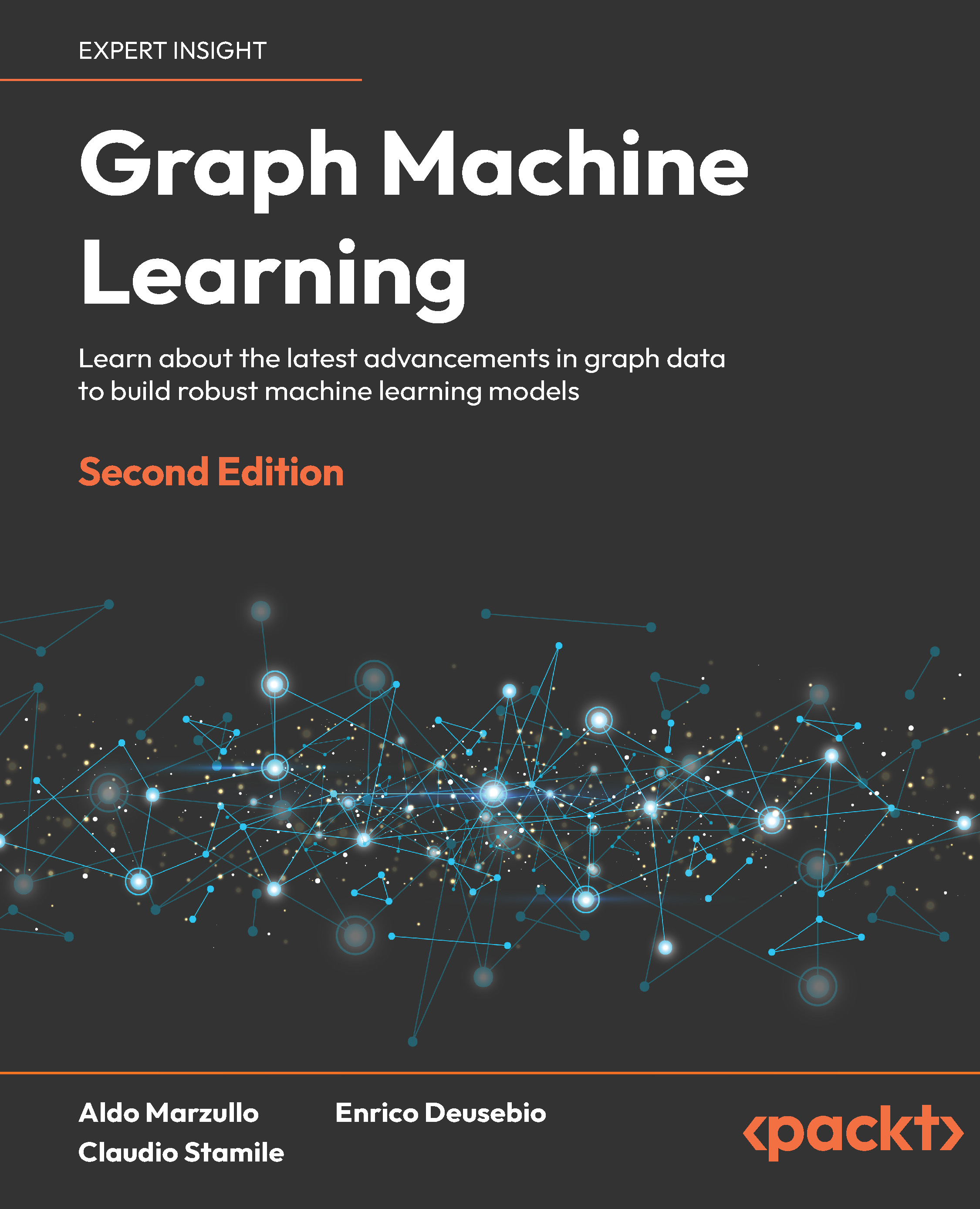MLflow 0.8.0 released with improved UI experience and better support for deployment
Last week, the team at Databricks released MLflow 0.8.0. MLflow, an open source platform used for managing end-to-end machine learning lifecycle. It is used for tracking experiments and managing and deploying models from a variety of ML libraries. It is also responsible for packaging ML code in a reusable and reproducible form in order to share the same with other data scientists.
MLflow 0.8.0 features
- In MLflow 0.8.0, the SageMaker and pyfunc server support the ‘split’ JSON format, which helps the client to specify the order of columns.
- With MLflow 0.8.0, the server can now pass the gunicorn option. This is because as gunicorn uses threads instead of processes and saves memory space.
- This version also brings in TensorFlow 1.12 support. With this version, there’s no need of loading Keras module at predict time.
Major change
In MLflow 0.8.0 version, [CLI] mlflow sklearn server has been removed in favor of mlflow pyfunc serve, as it takes the same arguments but works against any pyfunc model.
Major improvements in MLflow 0.8.0
This version includes various new features including improved UI experience and support for deploying models directly to the Azure Machine Learning Service Workspace.
Improved MLflow UI Experience
- In this version, the metrics and parameters are by default grouped together in a single tabular column in order to avoid an explosion of columns.
- The users can customize their view by sorting the parameters and metrics. They can click on each parameter or metric in order to view them in a separate column. This makes the user experience better.
- The runs which are nested inside other runs can now be grouped by their parent-run. They can also be expanded or collapsed altogether.
- By calling mlflow.start_run or mlflow.run, a run can be nested.
Unlock access to the largest independent learning library in Tech for FREE!
Get unlimited access to 7500+ expert-authored eBooks and video courses covering every tech area you can think of.
Renews at £15.99/month. Cancel anytime
- Though MLflow gives each run a UUID by default, one can also now assign a name to a run and also can edit the names. It makes the process easy as it is easier to remember the name than a number.
- There’s no need to reconfigure the view each time one uses it, as the MLflow UI remembers the filters, sorting and column setup done in browser local storage.
Support for Deployment of models to Azure ML Service
- In this version, the Microsoft Azure Machine Learning deployment tool has been modified for deploying MLflow models packaged as Docker containers.
- One can use the mlflow.azureml module to package a python_function model into an Azure ML container image. Further, this image can be deployed to the Azure Kubernetes Service (AKS) and the Azure Container Instances (ACI) platforms.
Major bug fixes
- The server works better in this version even when the environment and run files are corrupted.
- The Azure Blob Storage artifact repo now supports Windows paths.
- In the previous version, deleting the default experiment caused recreation of the same. But with MLflow 0.8.0 this problem has been fixed.
Read more about this news on Databricks’ blog.
Introducing EuclidesDB, a multi-model machine learning feature database
Google releases Magenta studio beta, an open source python machine learning library for music artists
Technical and hidden debts in machine learning – Google engineers’ give their perspective
 United States
United States
 Great Britain
Great Britain
 India
India
 Germany
Germany
 France
France
 Canada
Canada
 Russia
Russia
 Spain
Spain
 Brazil
Brazil
 Australia
Australia
 South Africa
South Africa
 Thailand
Thailand
 Ukraine
Ukraine
 Switzerland
Switzerland
 Slovakia
Slovakia
 Luxembourg
Luxembourg
 Hungary
Hungary
 Romania
Romania
 Denmark
Denmark
 Ireland
Ireland
 Estonia
Estonia
 Belgium
Belgium
 Italy
Italy
 Finland
Finland
 Cyprus
Cyprus
 Lithuania
Lithuania
 Latvia
Latvia
 Malta
Malta
 Netherlands
Netherlands
 Portugal
Portugal
 Slovenia
Slovenia
 Sweden
Sweden
 Argentina
Argentina
 Colombia
Colombia
 Ecuador
Ecuador
 Indonesia
Indonesia
 Mexico
Mexico
 New Zealand
New Zealand
 Norway
Norway
 South Korea
South Korea
 Taiwan
Taiwan
 Turkey
Turkey
 Czechia
Czechia
 Austria
Austria
 Greece
Greece
 Isle of Man
Isle of Man
 Bulgaria
Bulgaria
 Japan
Japan
 Philippines
Philippines
 Poland
Poland
 Singapore
Singapore
 Egypt
Egypt
 Chile
Chile
 Malaysia
Malaysia













